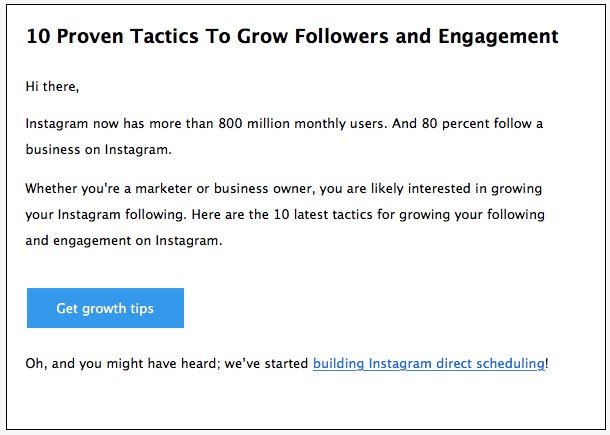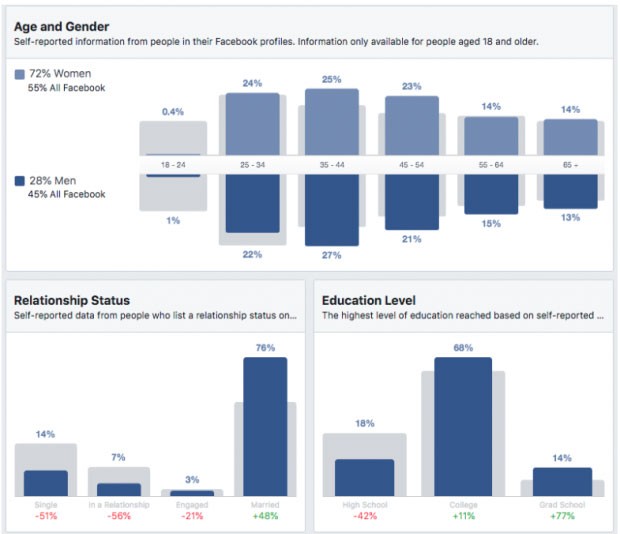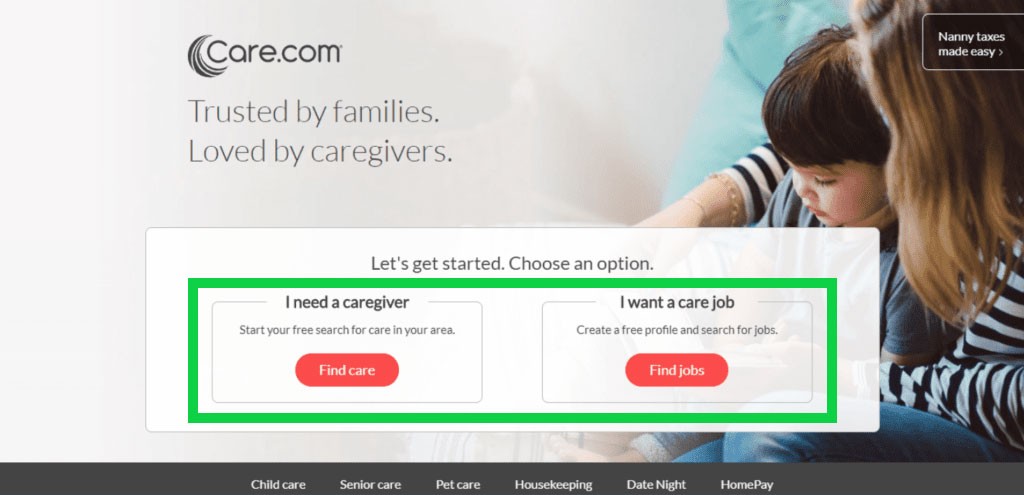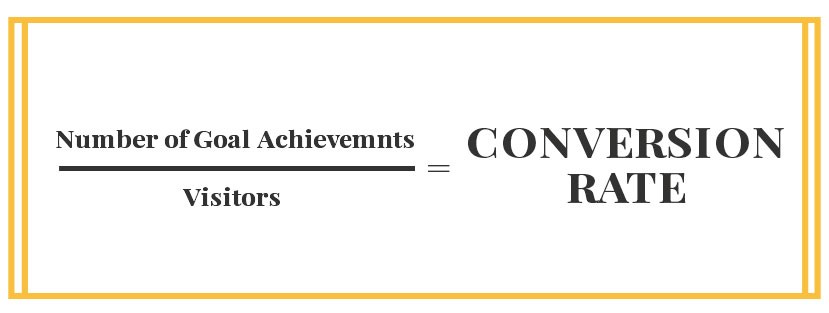Your call to action is a final request made to your leads, which can get them to buy or commit. It’s best when subtle but highly strategic and prepared. If you’ve never created a marketing call to action, then your public request might fall short. Asking for people to do something isn’t about being bold. You need to first know exactly where your leads’ minds are. This enables you to speak what they’re thinking, and this gives you the platform to suggest that you have something they need.
For some, it goes without saying; asking is how we receive what we want. Businesses need to ask even if it’s through the way their products are packaged.
What doesn’t always appear obvious, however, is the depth of strategy needed behind asking. You might miss the mark if you haven’t, for months, prepared your pitch, answering every possible outcome people could have. Low traffic often comes as a result of not studying the online audience. With web technology establishing words as our channel to the consumer, be sure to leverage SEO into your calls to action as well. Every content piece that’s published online gets scanned by the search engines.
Yours is no exception. The manner in which you word a CTA can even raise or lower your web rank. Knowing what to say is difficult because you’re speaking to human beings AND the actual technology they’re using.
What is a Call to Action in Marketing?
A call to action is a request. Every call to action consists of two things: a request for a consumer to act and a reason why the action is necessary. Urgency is usually involved. A call to action is what ensures that we’re equipped with the right messages–at the right time. Ending an article with “call now,” surprisingly, might cause people to distrust you. Using craftier language enables you to leverage a more strategic angle. It can’t be achieved overnight however. A proven CTA is highly structured—with a focus on what you need from your leads. It’s used to qualify your contacts and to get them committed to your brand.
7 Tips to Persuade Consumers to Buy
Ever since the first email campaigns succeeded over 30 years ago, marketers saw how big of a part the web would play in online marketing. They knew that words, being catalysts used by everyone, would lead online users to buy. The sales psychology of modern consumers, via words, is now understood in depth. That knowledge must be used. The strategies we now use get people interested in and thinking about your product or service.
Consider learning and then mastering these reliable tips below:
1. Strategizing on the Action Your Leads Should Take
Which is the specific action your consumer needs to take and why? Is it easy or difficult to do? This action doesn’t have to immediately sell your product. Start a relationship instead. Depending on how you nurture your prospects, your CTA could be to get them thinking about you. In time, you can then present more challenging CTAs with more urgency. What’s important is that the energy you put into creating a brand, for example, must go into deciding on what to ask. You must then prepare the CTA for the no’s you’ll receive.
In Practice—All products and services, being that they solve specific things, each have a specific consumer persona. Don’t try selling running shoes to people looking for bicycles. In strategizing the action your leads should take, think first about who they are. Be practical. Consider anything that they urgently need to get their lives in order or fulfilled. Tie those needs into the actions you want them to take with your brand. This helps you to make requests without forcing anyone to do what they don’t want to. Here is an example of a call to action that provides tips to the user. This will then build trust between you and a prospective customer.

(Image Credit: Crazy Egg)
Improve your content marketing + SEO in 60 seconds!
Diib uses the power of big data to help you quickly and easily increase your traffic and rankings. We’ll even let you know if you already deserve to rank higher for certain keywords.
- Easy-to-use automated SEO tool
- Get new content ideas and review existing content
- Checks for content localization
- SEO optimized content
- Built-in benchmarking and competitor analysis
- Over 500,000k global members
Used by over 500k companies and organizations:
Syncs with 
2. Knowing Who Your Audience Is and Why
A crafty CTA has little chance of traction if it reaches the wrong lead. Therefore, start writing calls to action based on who your leads are and not what you sell. Don’t worry too much about what YOU want to say. Focus on what your leads need to hear and how they will respond, giving their circumstances. Your leads dictate if you need to move faster or to build trust slowly. Keep in mind how these people talk or see the world. Then, incorporate that insight into your final CTA.
One Quick Example—Lucrative businesses, regarding their products, use “audiences” to judge their business ideas through. Having ideas and having someone to hear them are different things. What you think is a great idea may not be to others. Successful marketing calls for businesses to confirm who will buy their idea. If there are no buyers, then the idea in mind is considered useless. You have to know your audience before you can determine what they need. Needs, being specific to a persona, tell you what’s marketable. There are a few ways to figure out who your audience is, one way is through audience insight tools. For example:

(Image Credit: Hootsuite Blog)
3. Stating the Benefits and Features in Your Offer
Benefits and features show the differences between what something does and how. The benefits are the things we receive. Benefits are why we specifically choose to buy. Your CTA should outline these facets if not clearly imply them. You want your leads to know how the solution they’re buying works. The ingredient behind all solutions are called features. Features, like titanium alloy, are what make the technologies in things we buy operate. Be sure to use benefits as your promise and features as proof to back it up.
You Might Also Like
Your goal is to be bold about the benefits that people will receive. You’ll then justify that boldness with supporting facts—the features behind your benefits.
In Practice—We’re all intrigued by features like all-leather, but it’s the benefits we pay for. We, in general, want outcomes like cleaning faster or uploading in less time. We don’t want to think about how it works; we only want the end result. You can structure your CTA through such benefits. Promise your leads that they’ll receive [insert benefit] by taking an action you request. Make the action simple but even simpler to convey. The simplest way to convey your CTA is through benefits. Benefits immediately tell your readers what they’re about to get and how to use it. For instance:

(Image Credit: QuickEmailVerification)
4. Making it no Longer Than Necessary
Keeping your message short isn’t just about time; it’s about concentration. Even educated people receive messages better when those messages are simple. None of us have endless time when on the web. Your message has to make a connection almost immediately. The shortness of your CTA is also an indicator of your grasp of the content matter presented. Ideas and concepts that take a lot of words to express are often unmarketable. They require too much time, which in marketing is something that no one has.
It’s not just the complexity that makes these ideas difficult to express. Ideas that are hard to convey are ideas that you, likewise, might lack an understanding of. Think about it; if you can’t say, you probably don’t know it. You’ll know that you have a strong grasp on your message when you speak it in a few words.
One Quick Example—The most popular example of keeping things short is called the elevator pitch. This concept starts with you on an elevator. You have an idea and are waiting for the right exec to enter into this contraption. An executive member gets on that elevator, but you only have 15 seconds to pitch your idea with. Marketers put themselves into this scenario as a practice. Their objective is to design a message that says a great deal with very little. Your core consumer can be compared to the prior executive. There is little time you have to share your idea and sell it. Here are two very short call to actions that also get their point across:

5. Setting Your Conversion Goals
Conversions are how marketers track the true performance of their CTAs. These ratios are also the type of goals that marketers set. Getting people to see an ad can be difficult enough. Knowing how to measure that work begins with knowing how to track conversion ratios. The ratios we use in online marketing begin with people. The sample size of people that our hypothetical ad reaches is where we start. If your CTA is to sign up, then we need to know how many do but out of the number that visited.
Conversions are derived from basic division, which ultimately isolates your ideal leads. Divide the number of people who signed up against the number of people who visited you. By setting these conversions, you can track your work and make necessary changes to your content. Once a norm is established, you’ll know that your conversions are off when you don’t hit your conversion goals. Here is a visual representation of that formula:

(Image Credit: InsightWhale)
In Actual Play—The best way to gauge your conversions is with some form of tracker. Web analytics covers the tools that track online engagement. Page views, shares and email signups are trackable actions portrayed in analytics. We each can do the basic math to divide and get conversions. What’s difficult, instead, is knowing exactly how many people in total. Finding out where they came from is possible but only with analytics. Businesses need to be aggressive when setting conversions. They need to also put technology in place to track their activity through.
We hope that you found this article useful.
If you want to know more interesting about your site health, get personal recommendations and alerts, scan your website by Diib. It only takes 60 seconds.
6. Testing Multiple Variances of Your CTA
Gut feelings, if used to decide how you’ll market, might lead you astray. Feelings, certainly, don’t make you strategic. Instead, healthy conversions come about as a result of testing to see what works. None of us ever see this, but any top ad, as published on the web, is likely to have two or three variations of it. The ad that, in outperforming others, worked best is the one you’ll encounter live. By first testing ideas, we give ourselves the chance to correct our misconceptions.
The only way to truly test, however, is with variations of a single idea. Decide on a call to action first. Now rewrite that idea in various ways, but don’t be biased as to which is best. Let a test show you how people are responding and what THEY prefer.
A Suitable Example—All you have to do is make small changes to effectively test a content sample. Marketers who create successful campaigns begin with researching a single idea. What they eventually produce falls short if it’s based on multiple, vastly different concepts. The core idea of a business, likewise, is consistent and with boundaries. The content that you want to test is best when slightly different but with related subsets. If you start with test-sample A, for example, then you can create A1 and A2 if necessary. Regardless, A is a concept that you’re testing against B. Of course, it’s possible to also test B2 and B3 against A1, A2, or A3. A/B testing is a great way to determine the best call to action for your website or advertisement. Here is an example of an A/B test:

(Image Credit: OneSignal)
7. Ensuring That What Follows is Appropriate
Even professional marketers fail to anticipate what their consumers will experience after a sale. The most successful CTAs require that our leads, over time, build relationships with us. Asking for contact information and for people to access your website is what call to action marketing great for. Once someone turns from a prospect to a warm lead, other CTAs have to be given to guide them. Even if the objective remains identical as in prior messages, thinking about future encounters with your leads is essential.
Your goal should be to present the right message—indefinitely and after your initial contact.
In Practice—Nurturing is what professional marketers use to establish their means of building relationships. The strategic depth of a good CTA can be placed into consecutive messages. Imagine if someone created 52-email messages today. This stack of content can then be sent out once a week for a year. In each message, considering this specific setup, your calls to action are based on what you believe is necessary to close your leads. Your analysis needs to be predictive to anticipate the behaviors of your readers beforehand.
When You Need to Stand Out
Making a request to your leads should be easy. What needs to be time consuming or more complex is deciding what to ask for and the reason why. Your call to action digital marketing shouldn’t try to put a spell on or manipulate your leads. Through a strategic approach, try to, instead, lead your prospects. You can, through ideal CTAs, gradually direct your consumer step by step. Standing out in this manner begins with a bit of trial, so don’t expect your core call to action marketing to perform overnight.
Diib®: Call to Action Marketing Made Simple!
Start with writing your marketing call to action down. Then, take time off from thinking about or reading them. When you come back to these ideas, look at them with the intent to improve each. It’s necessary, in today’s competitive environment, that your message clearly stands out from others. Partnering with Diib Digital can provide you with an added measure of security that you’re getting your CTA’s done right. Here are a few of the features that set us apart from the crowd:
- Call to Action analytics and alerts
- Alerts and Objectives designed to improve the health of your site
- Platform specific audience demographics
- Keyword, backlink, and indexing monitoring and tracking tools
- User experience and mobile speed optimization
- Technical SEO monitoring
Click here for your free scan or simply call 800-303-3510 to speak to one of our growth experts.



